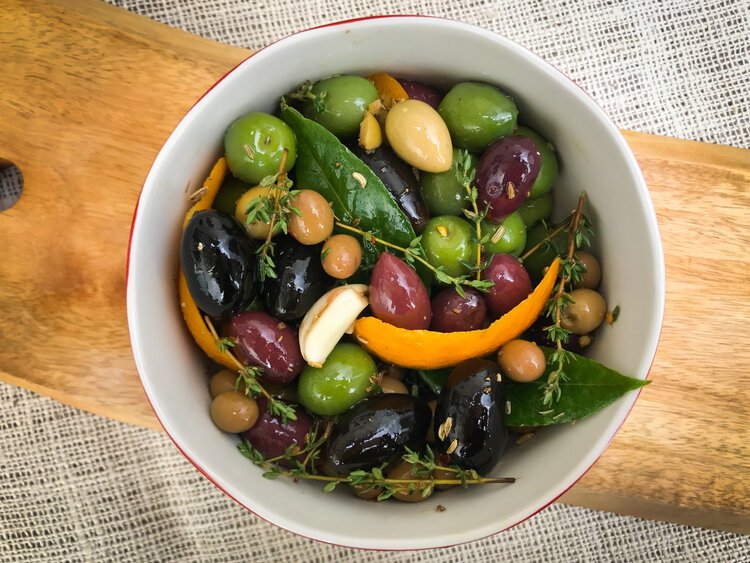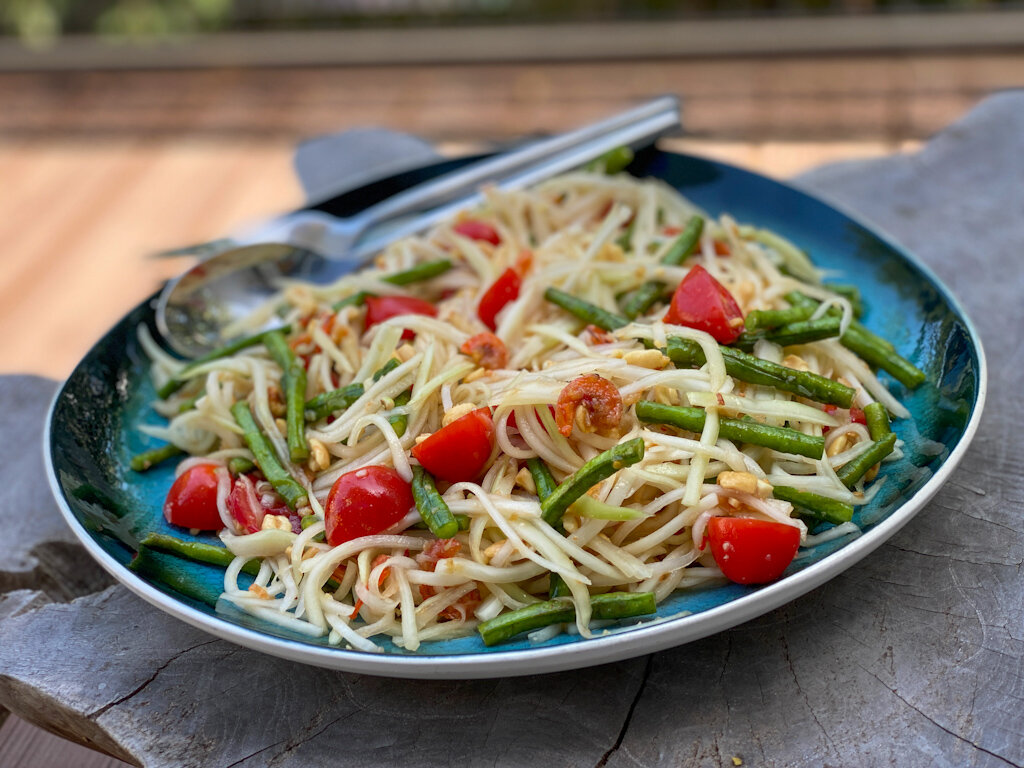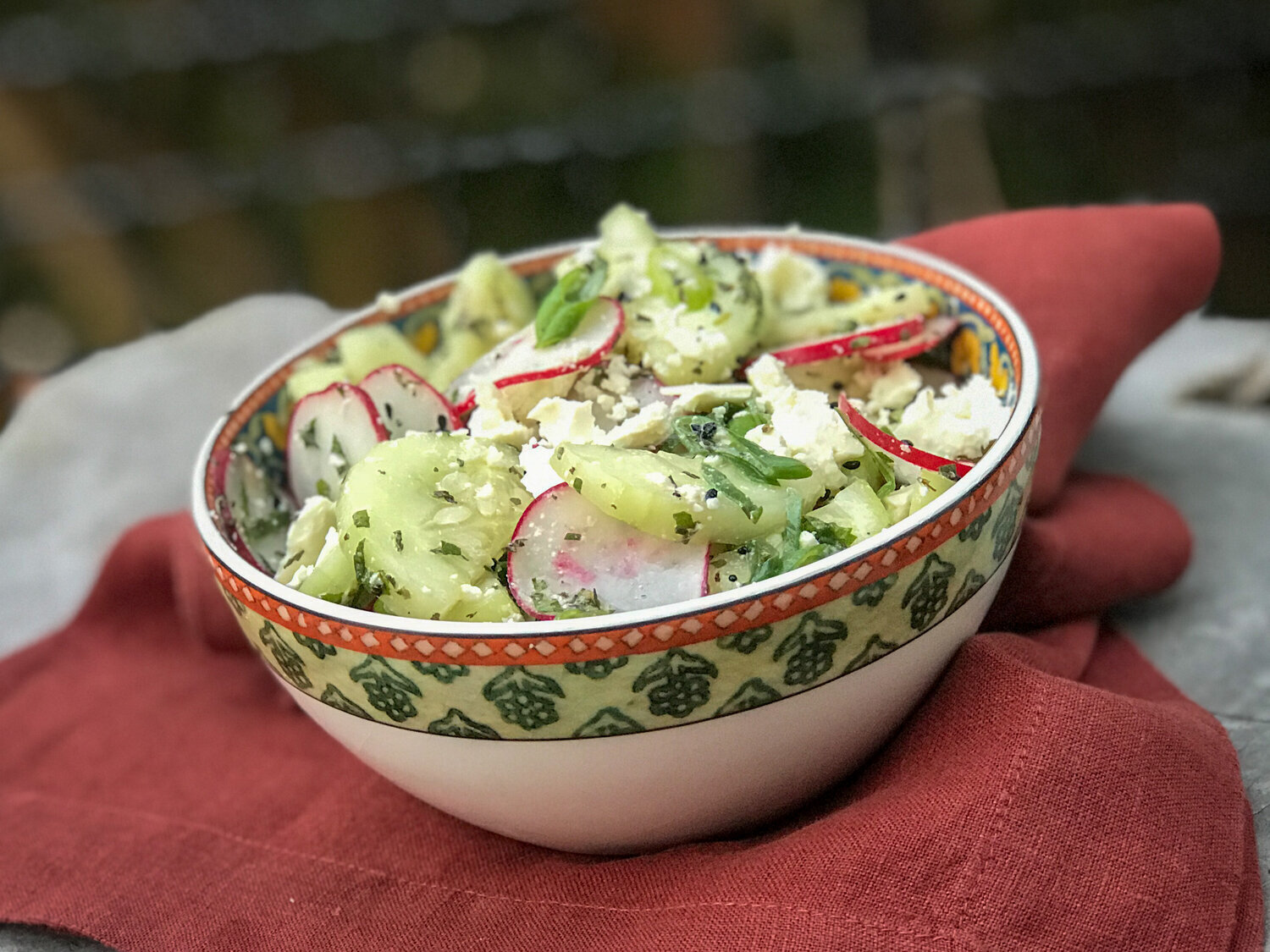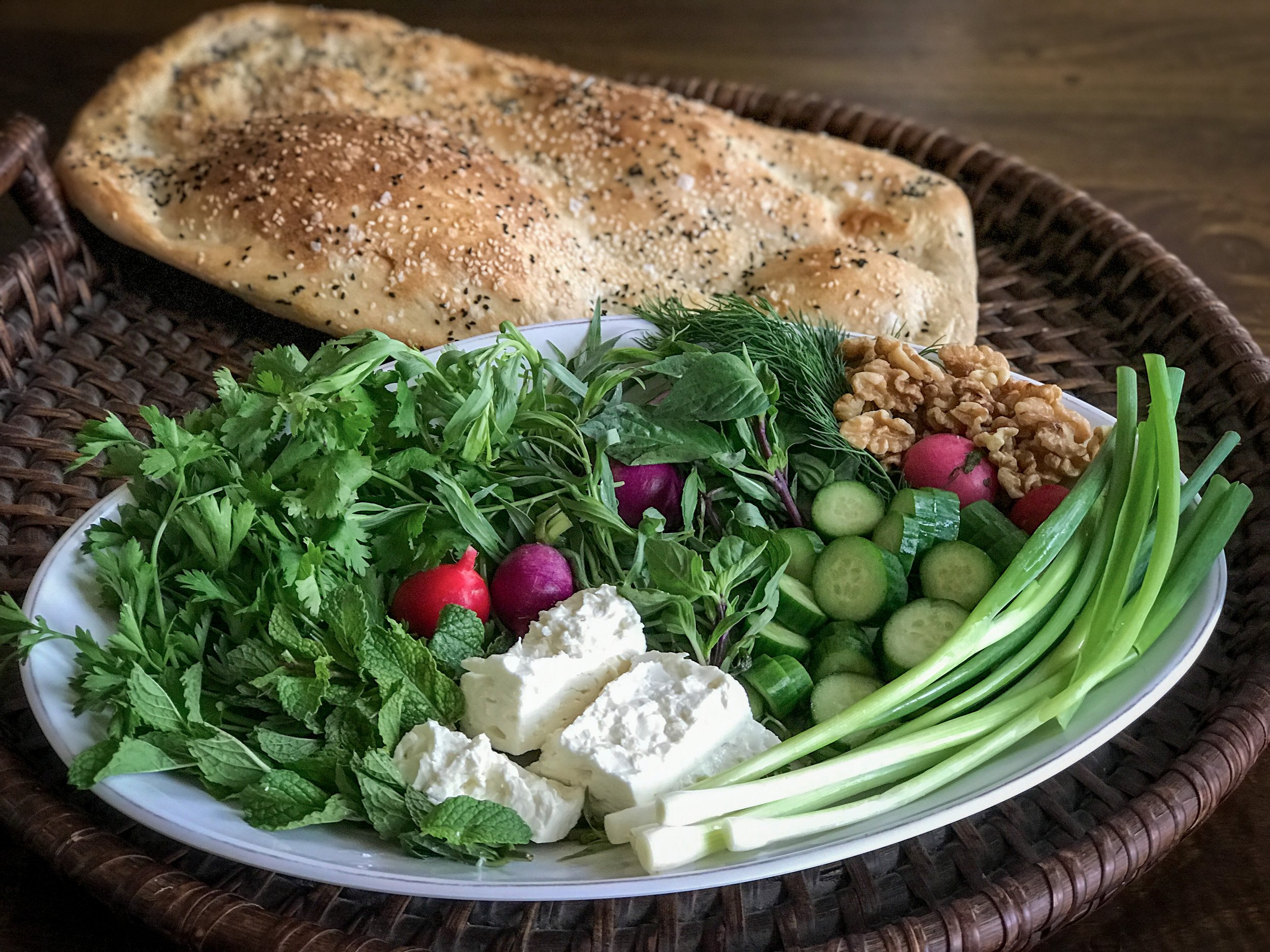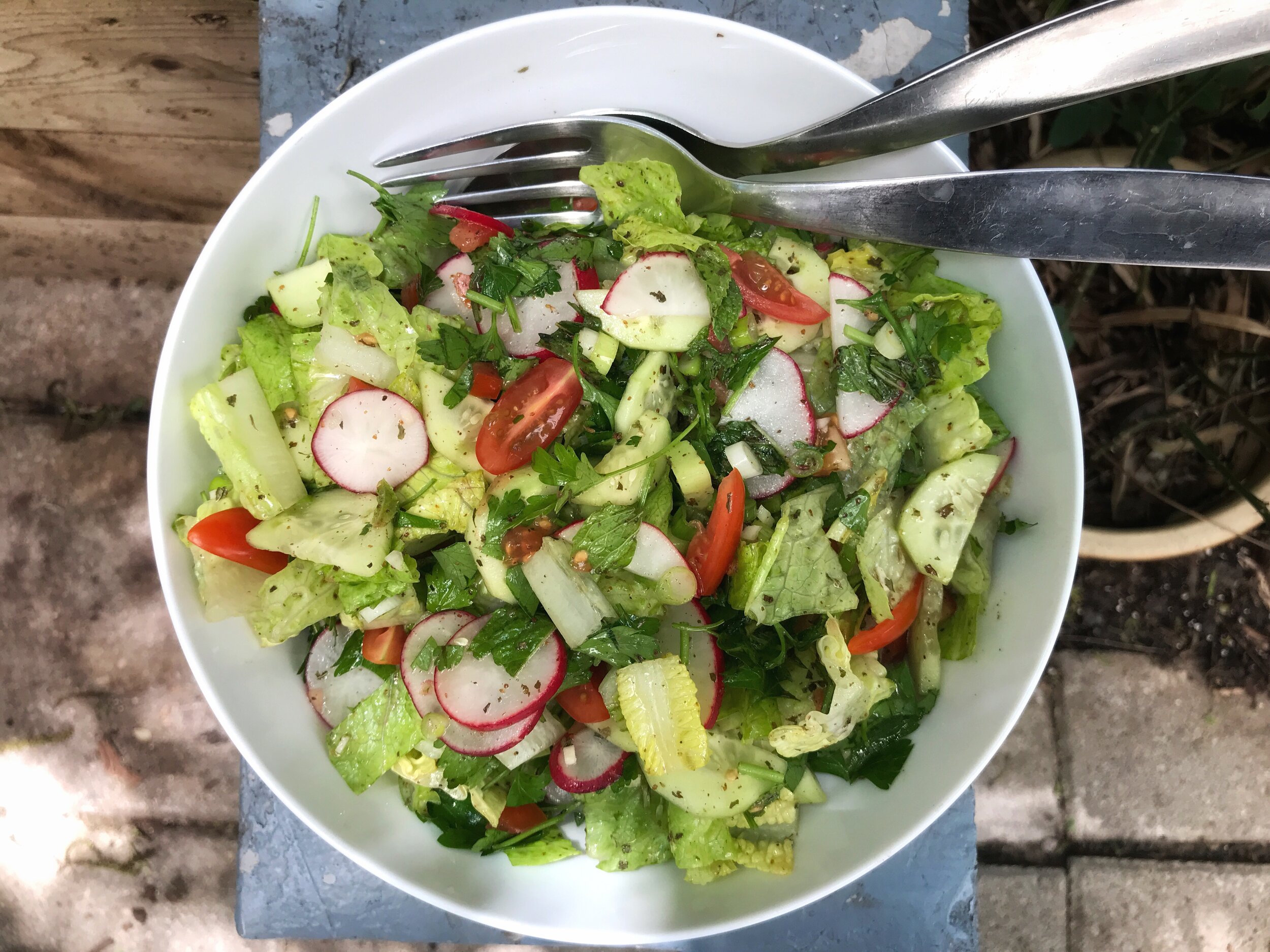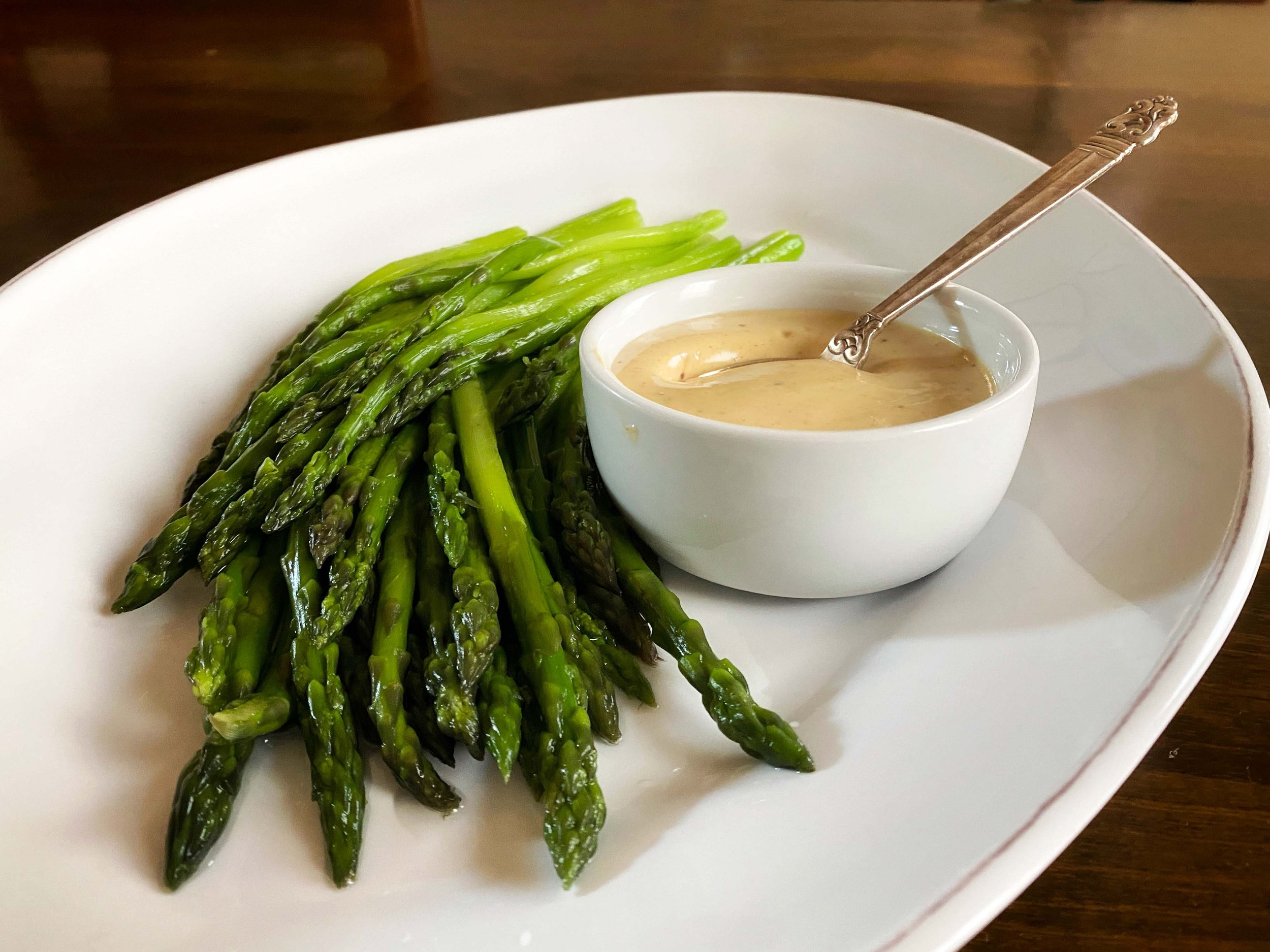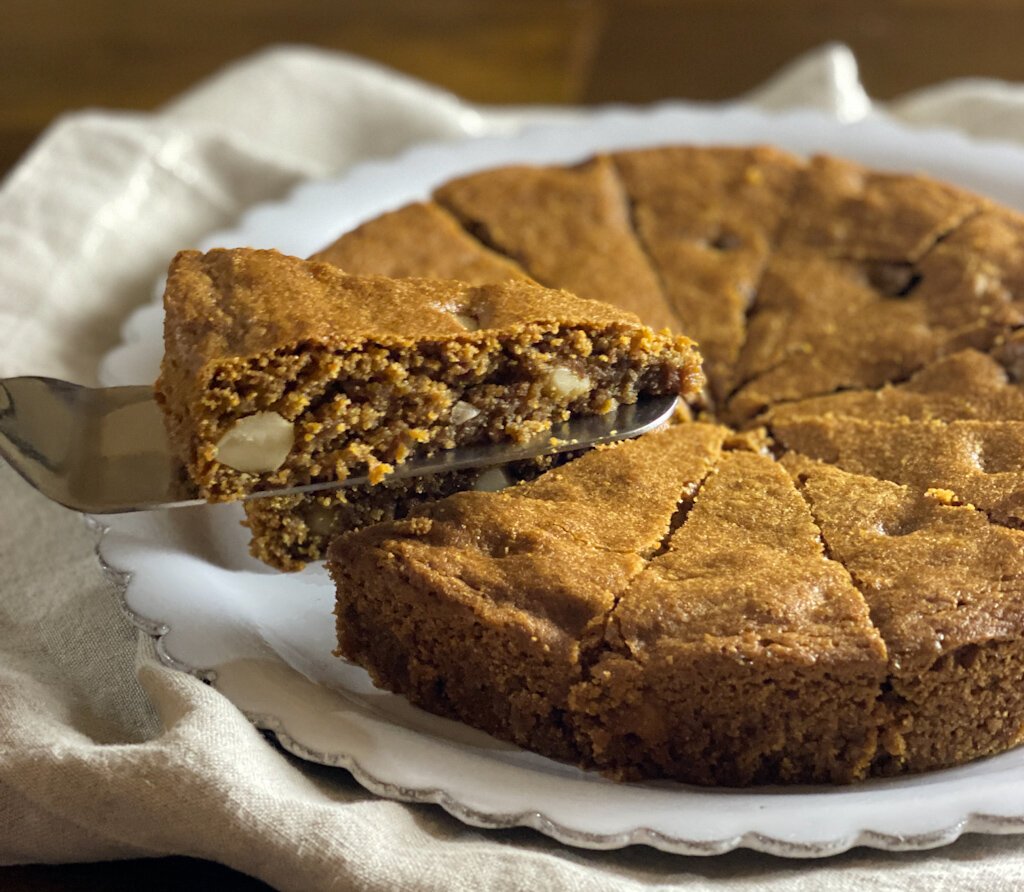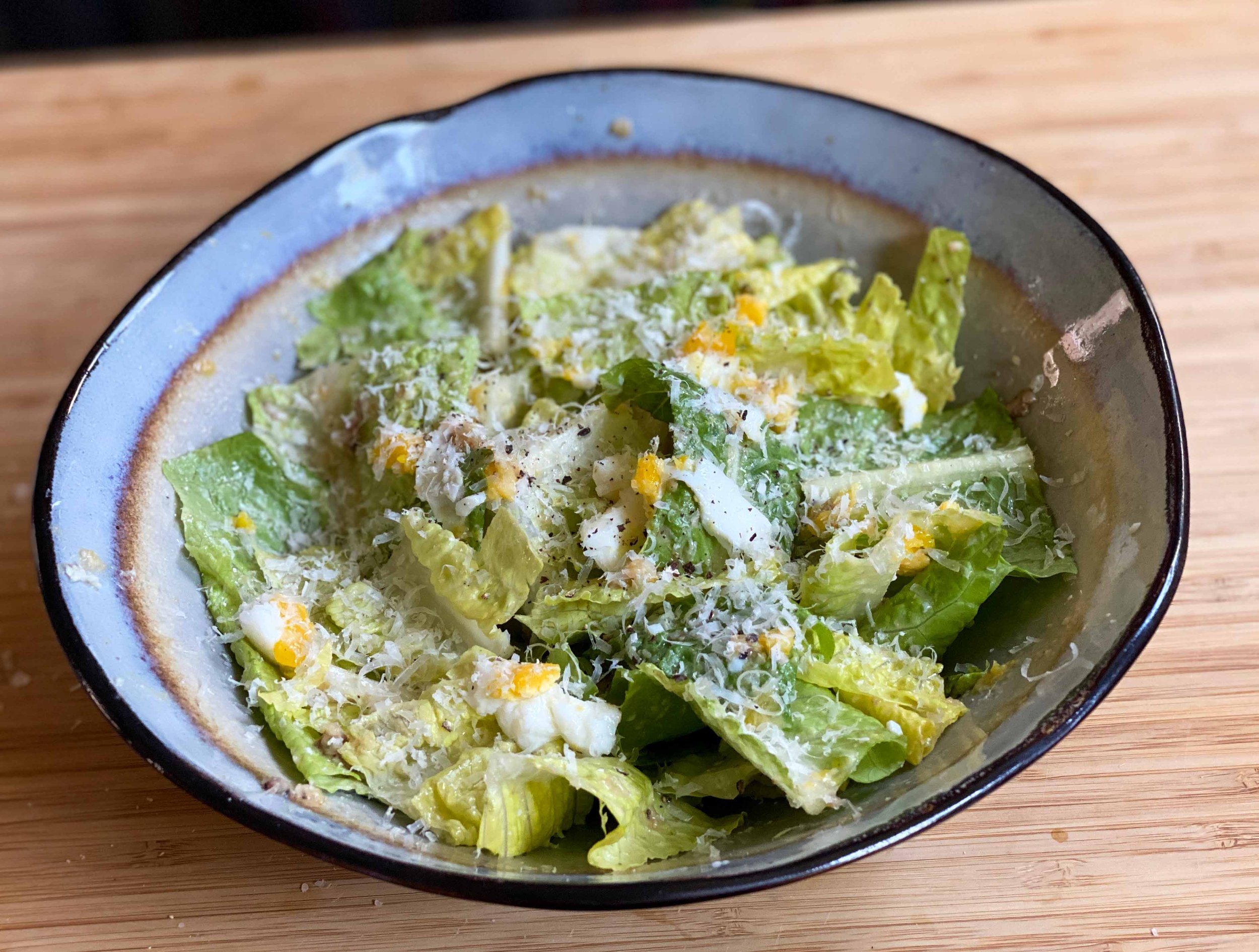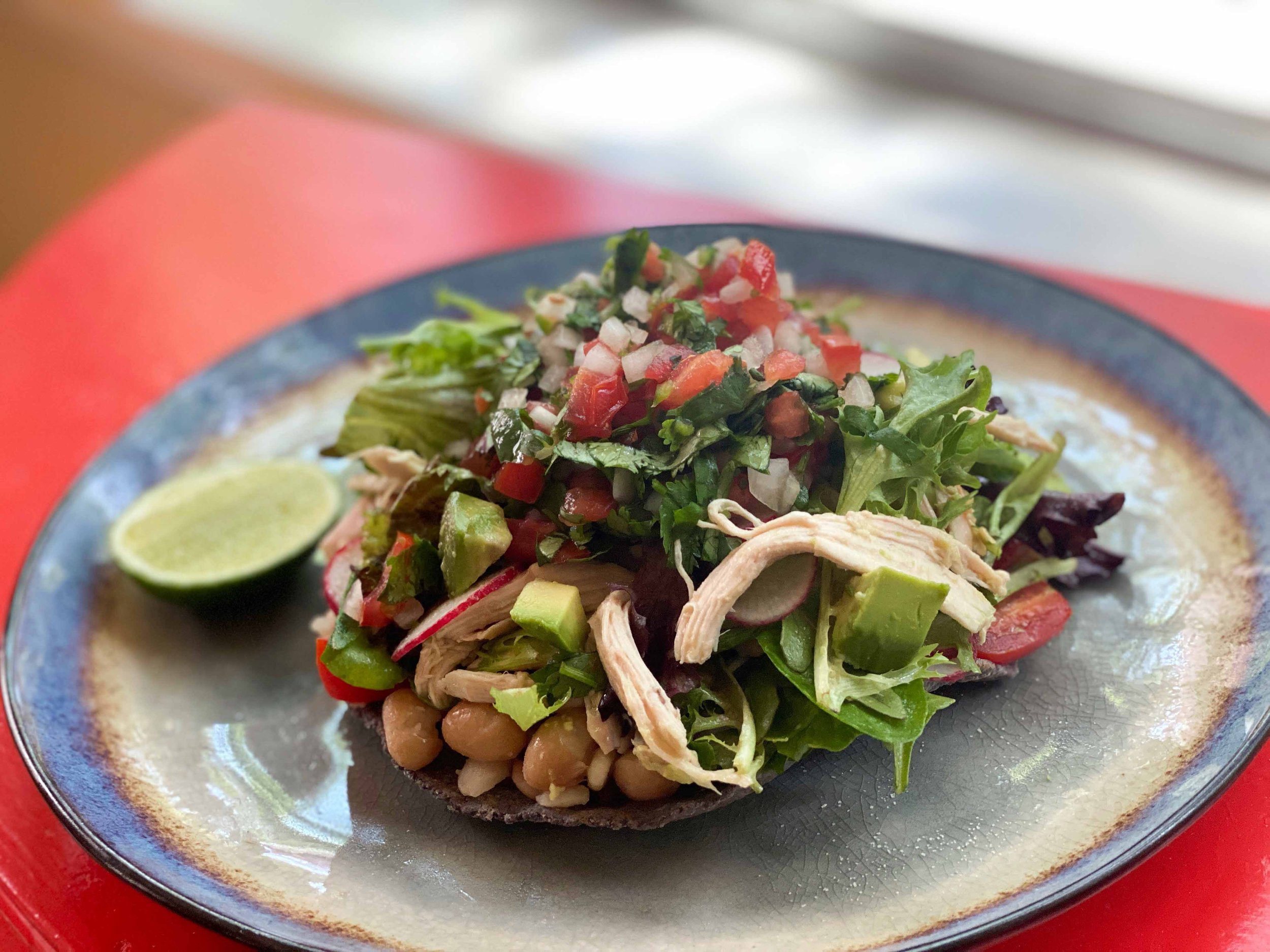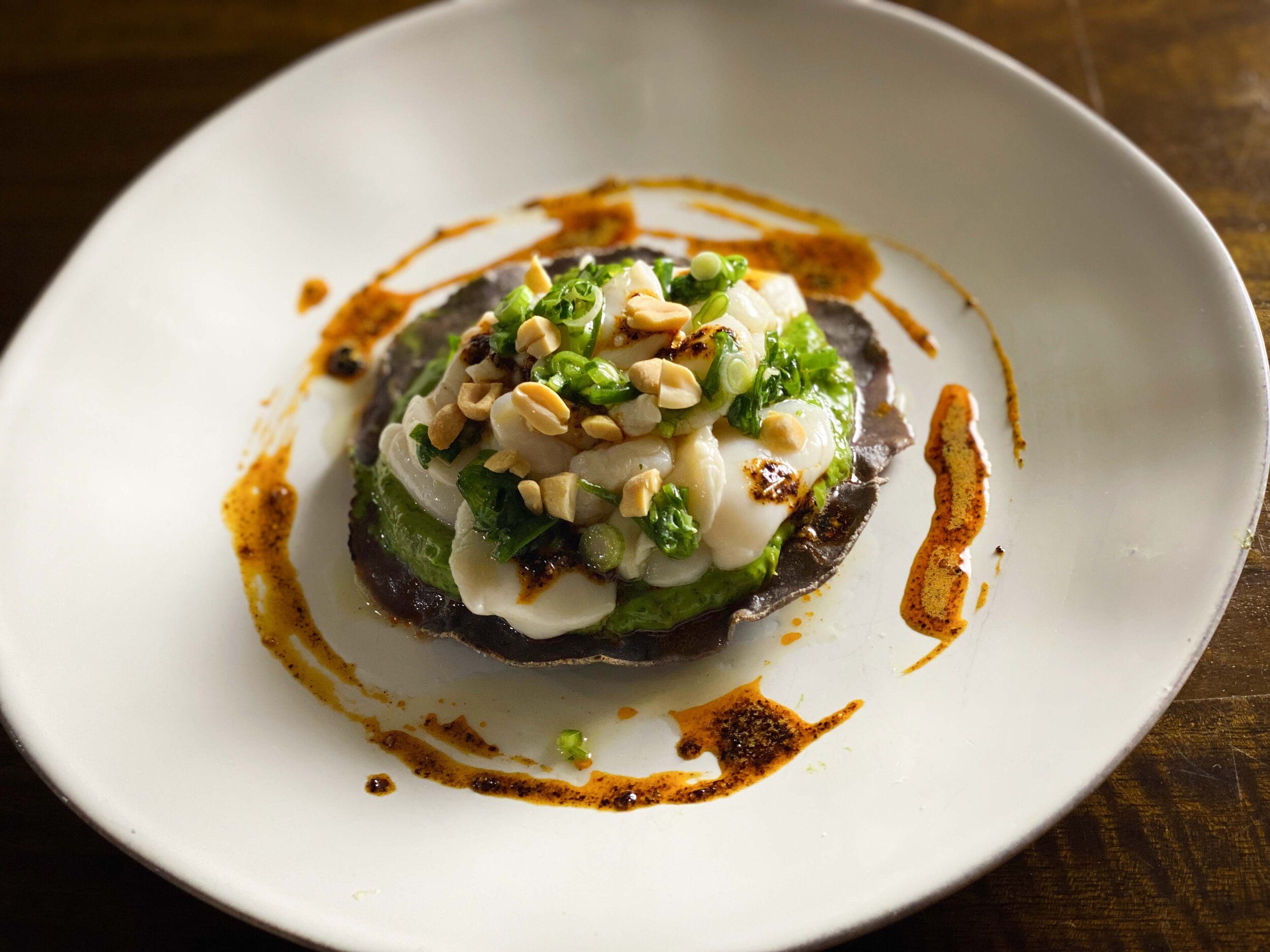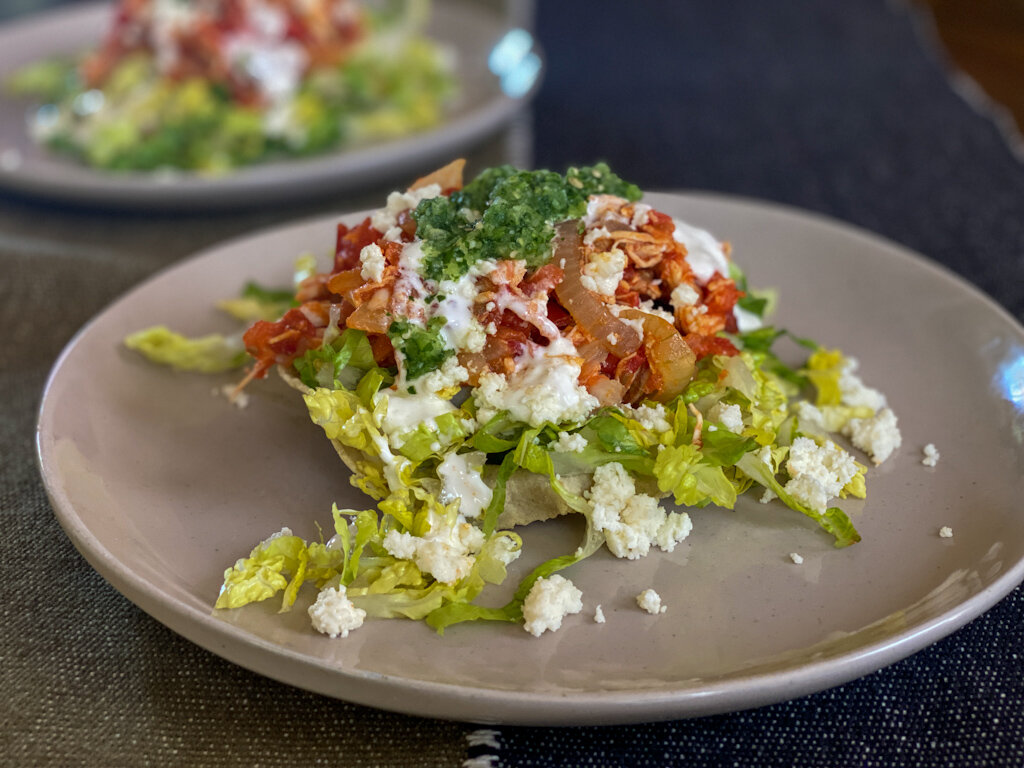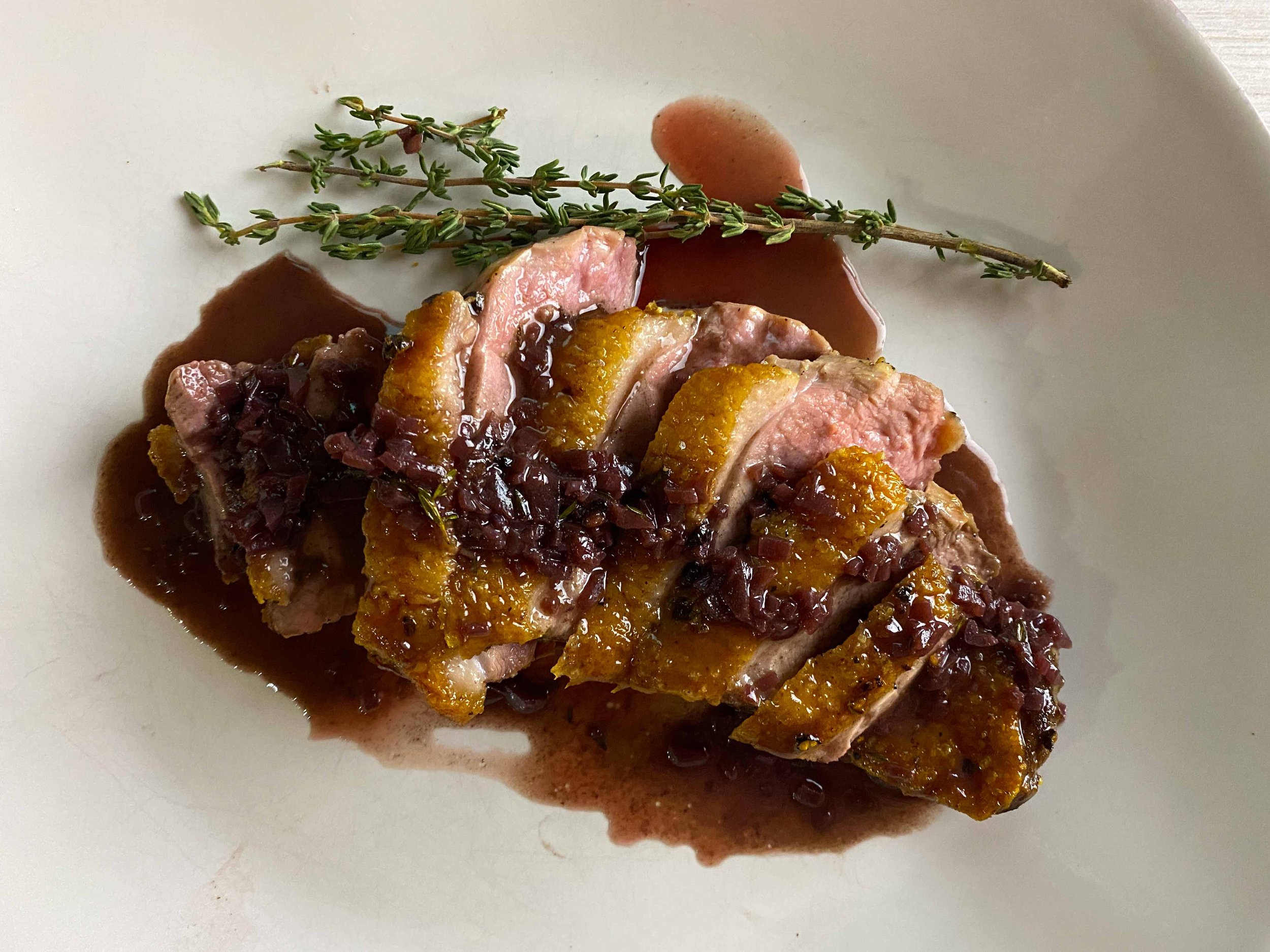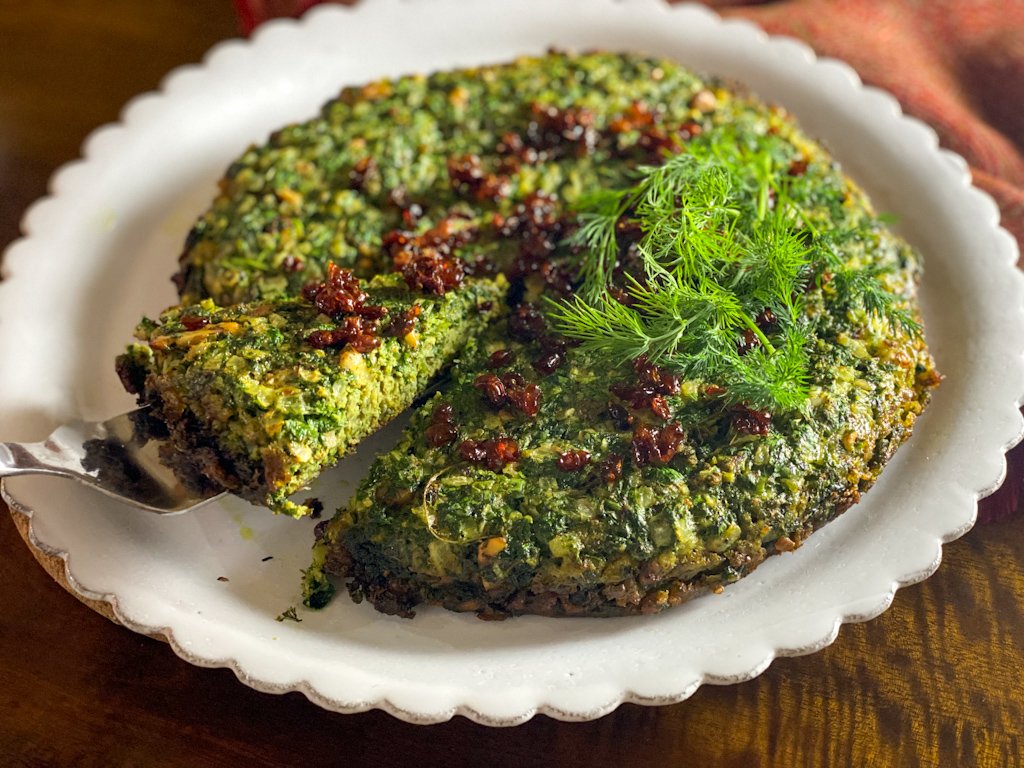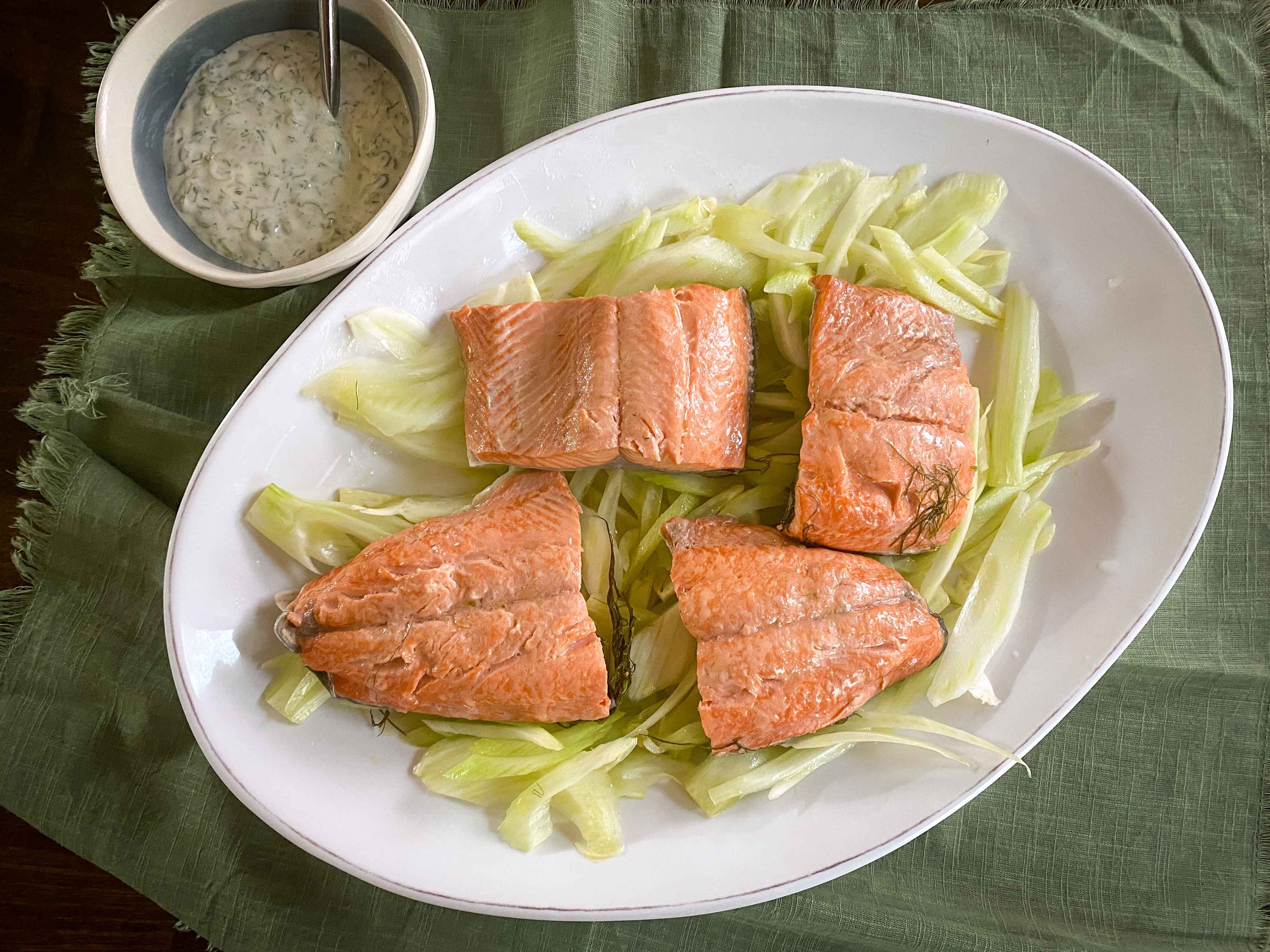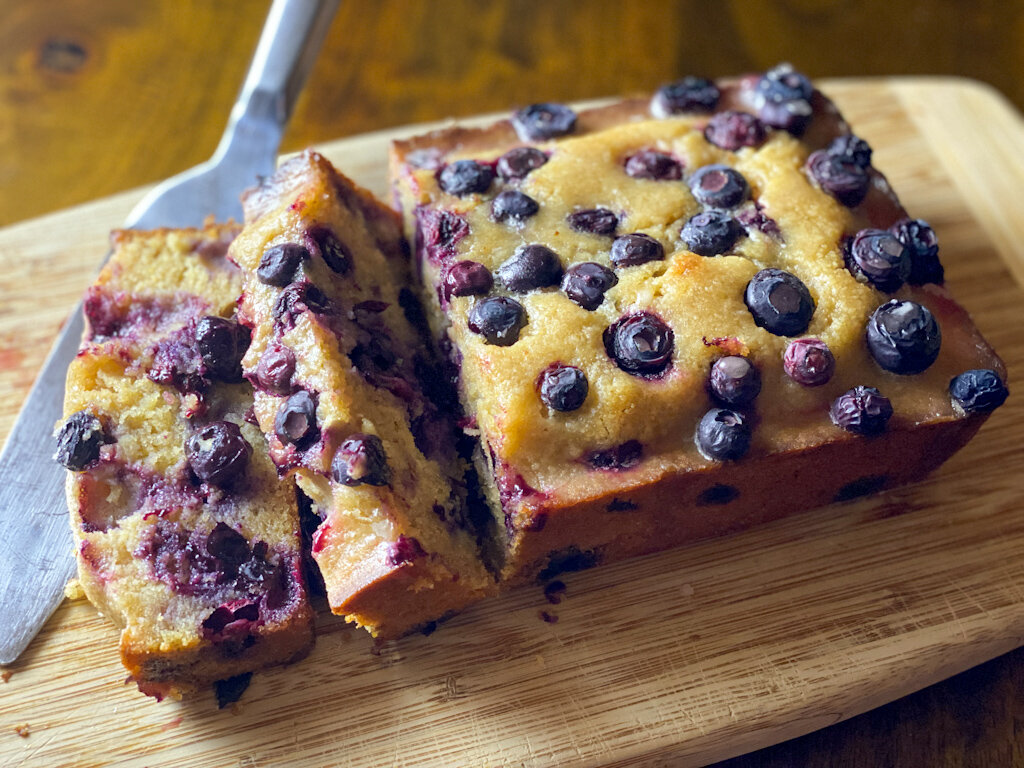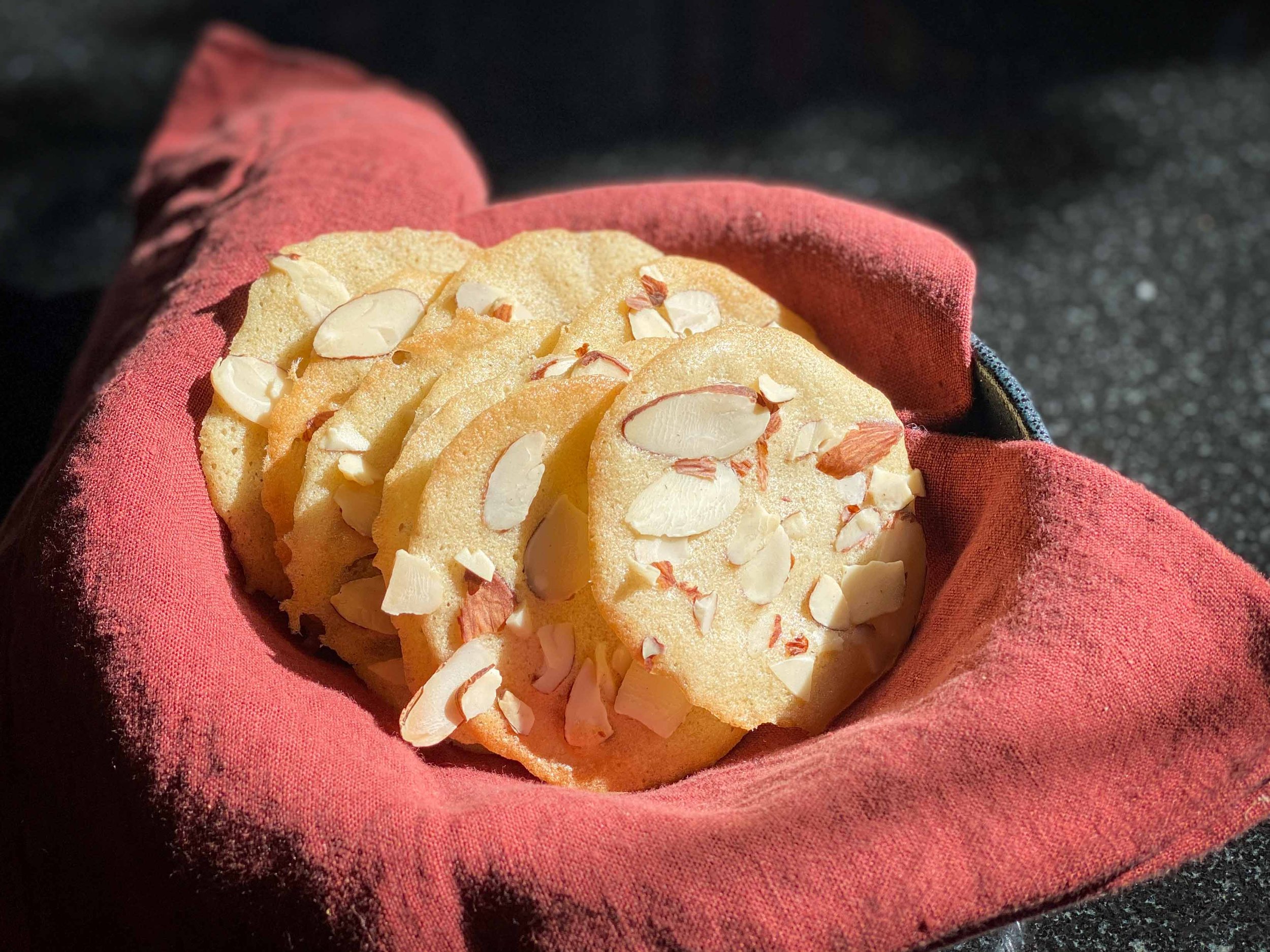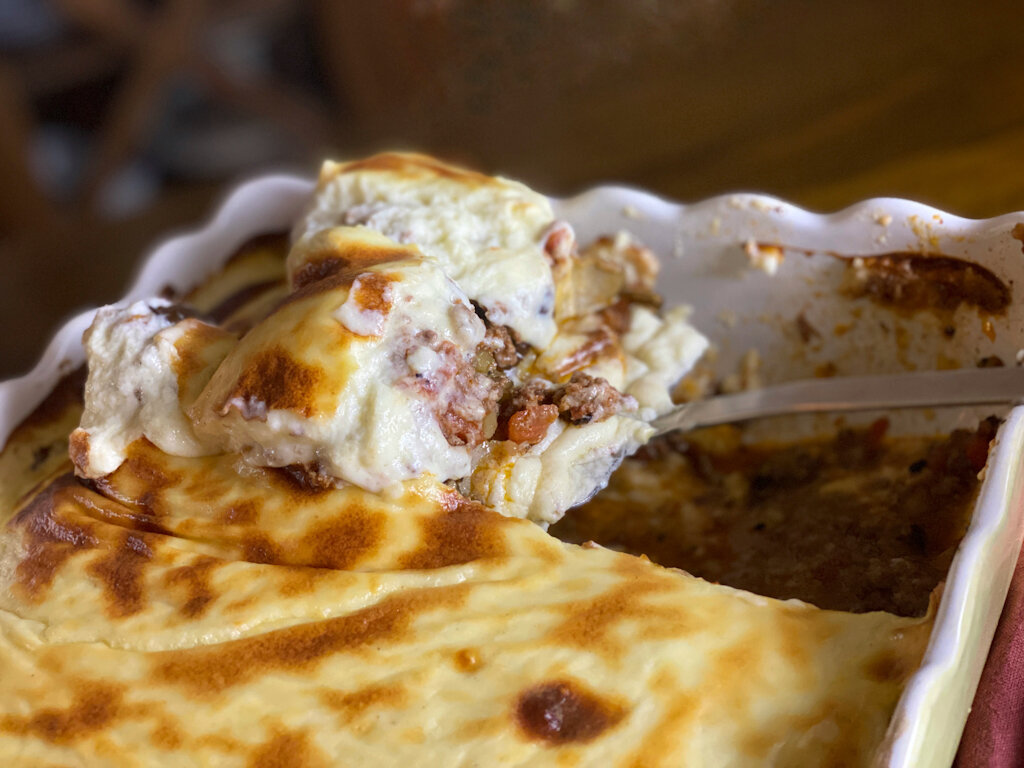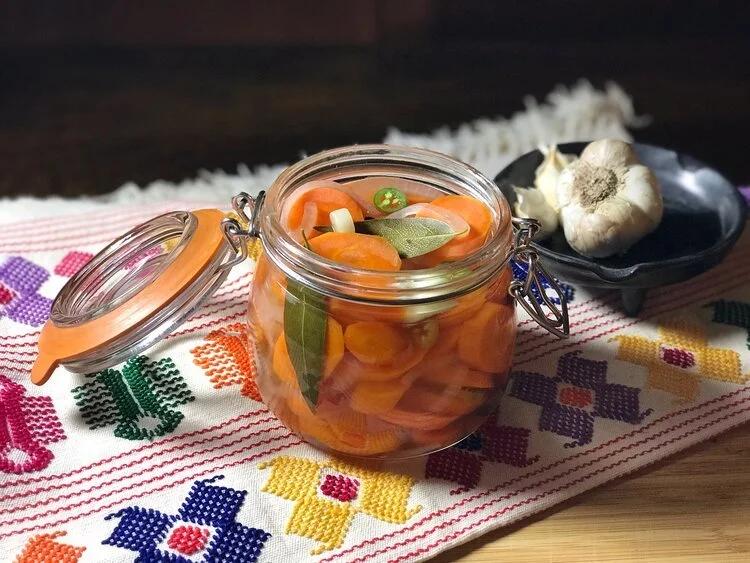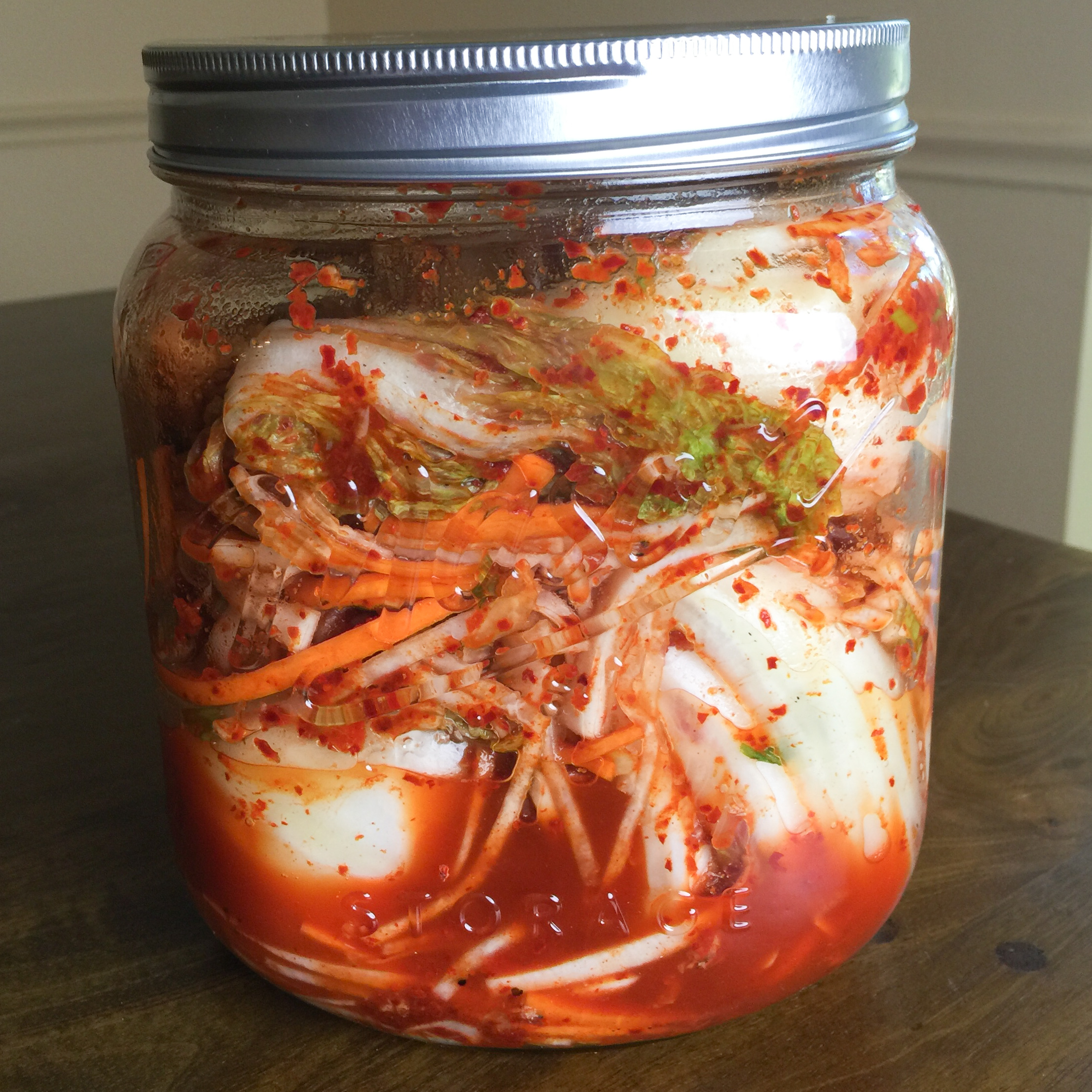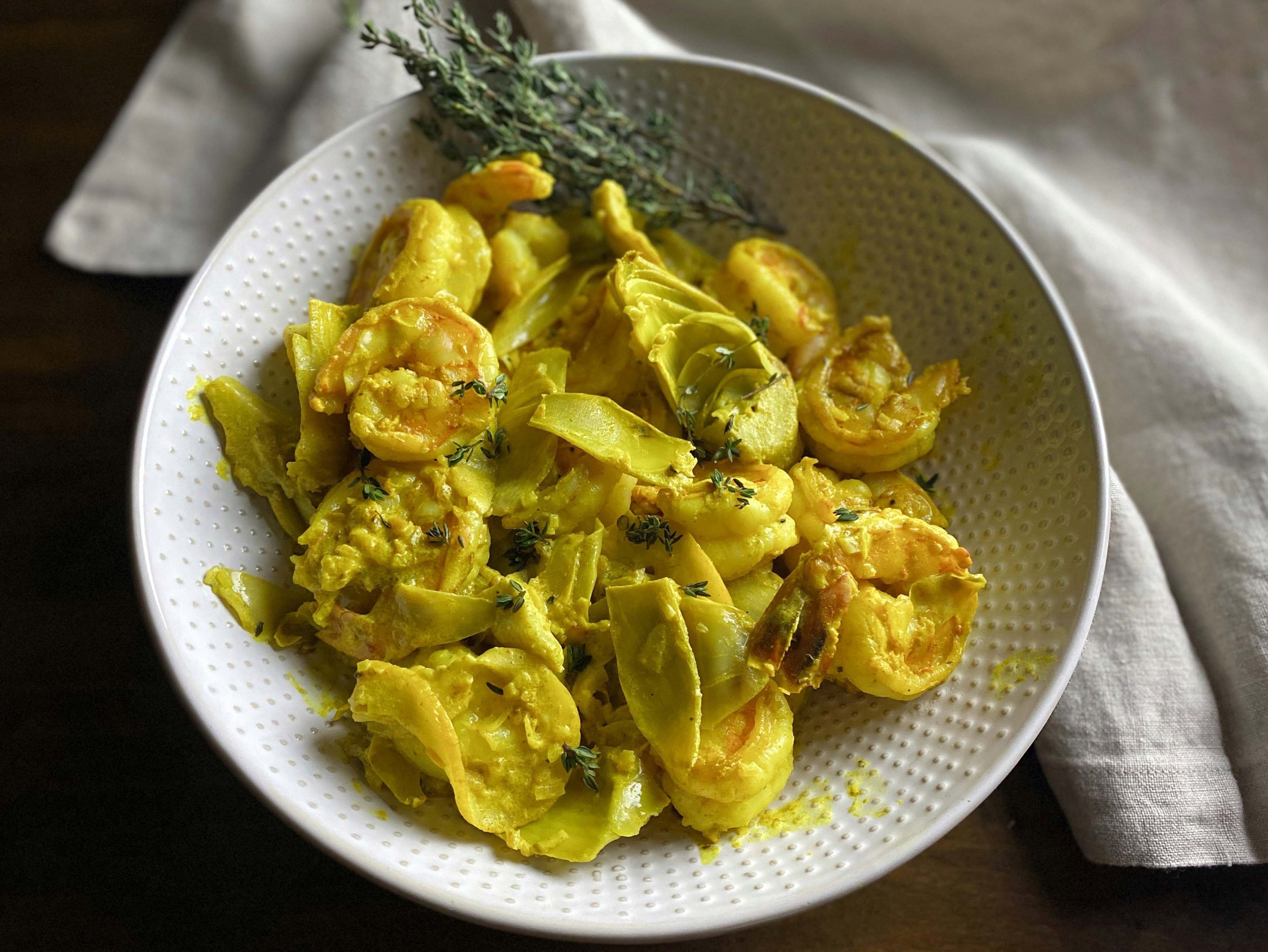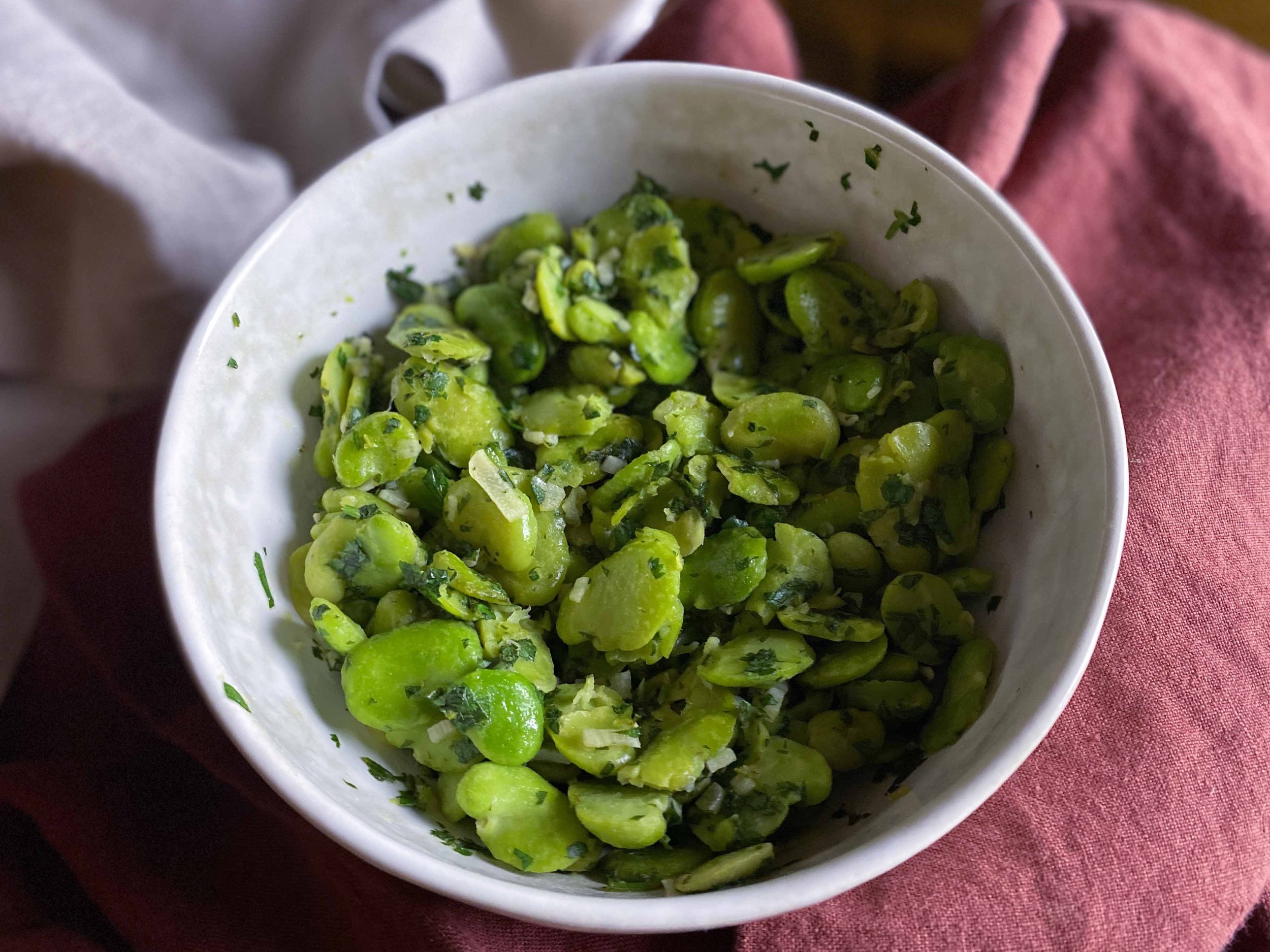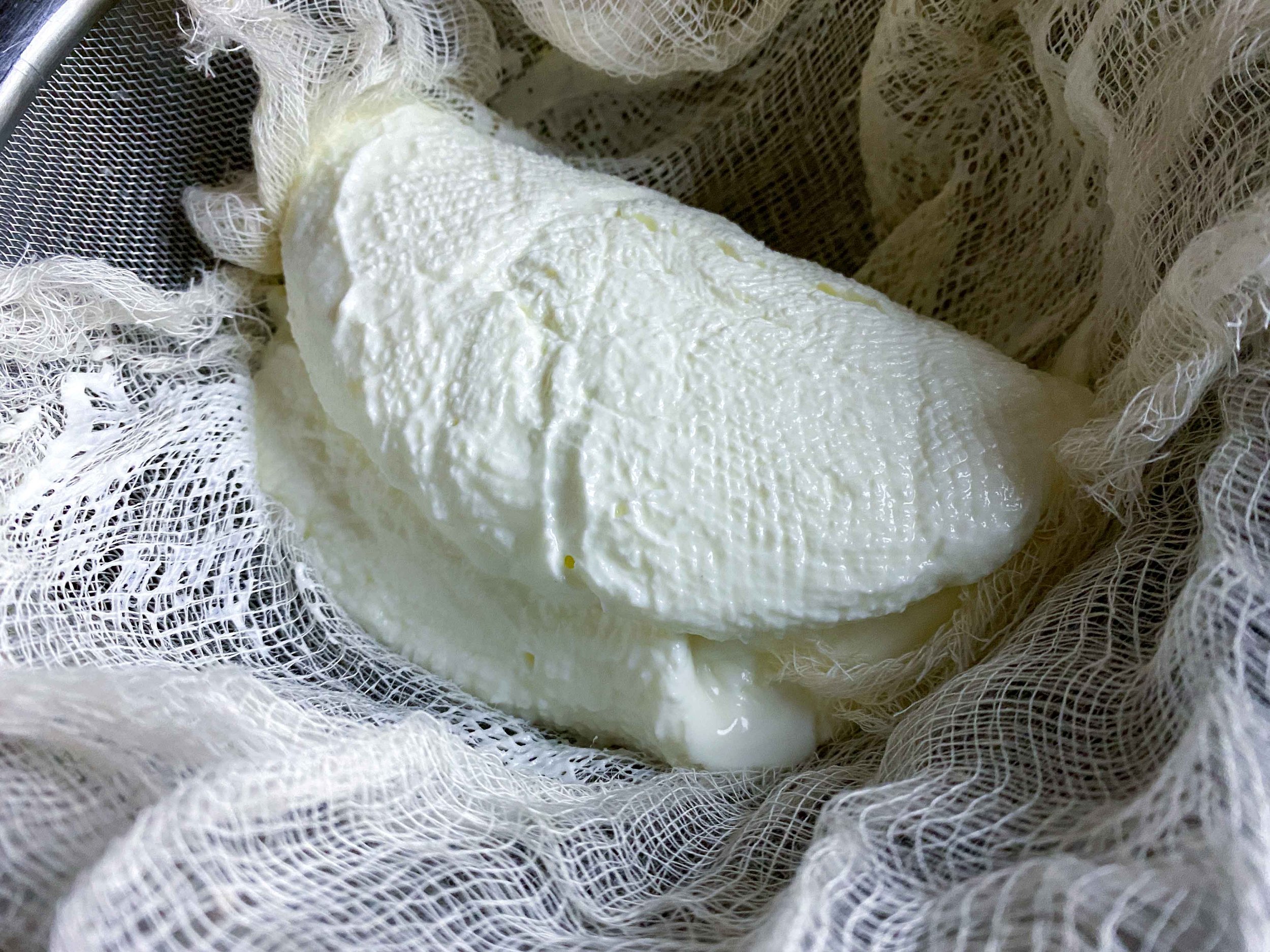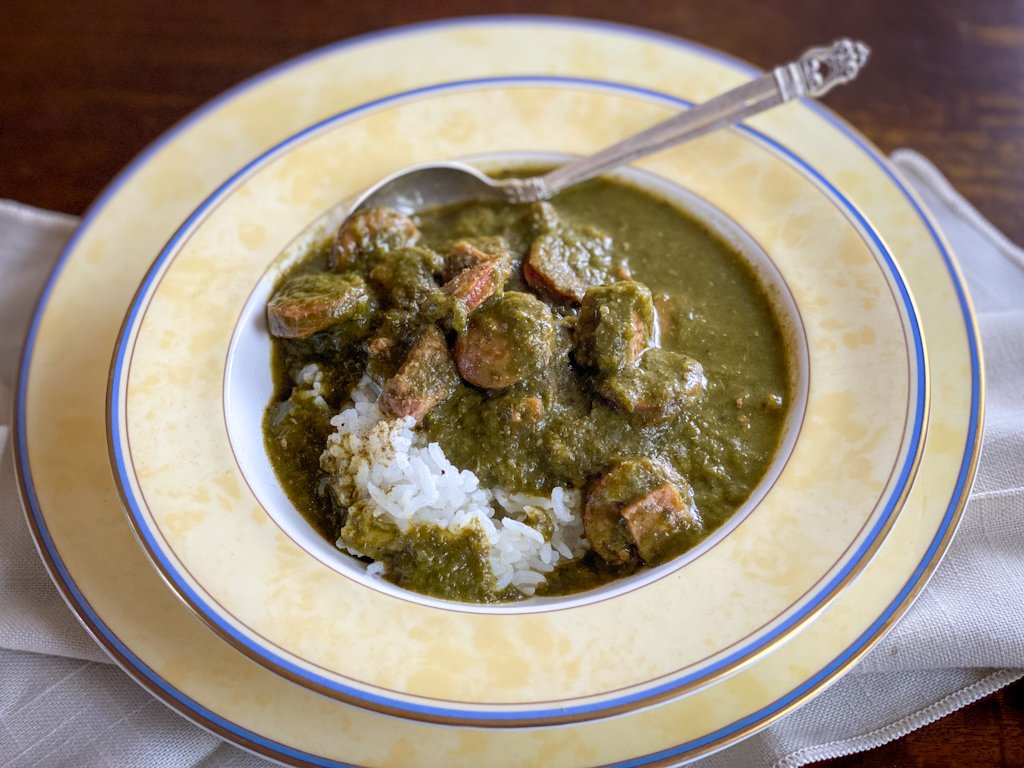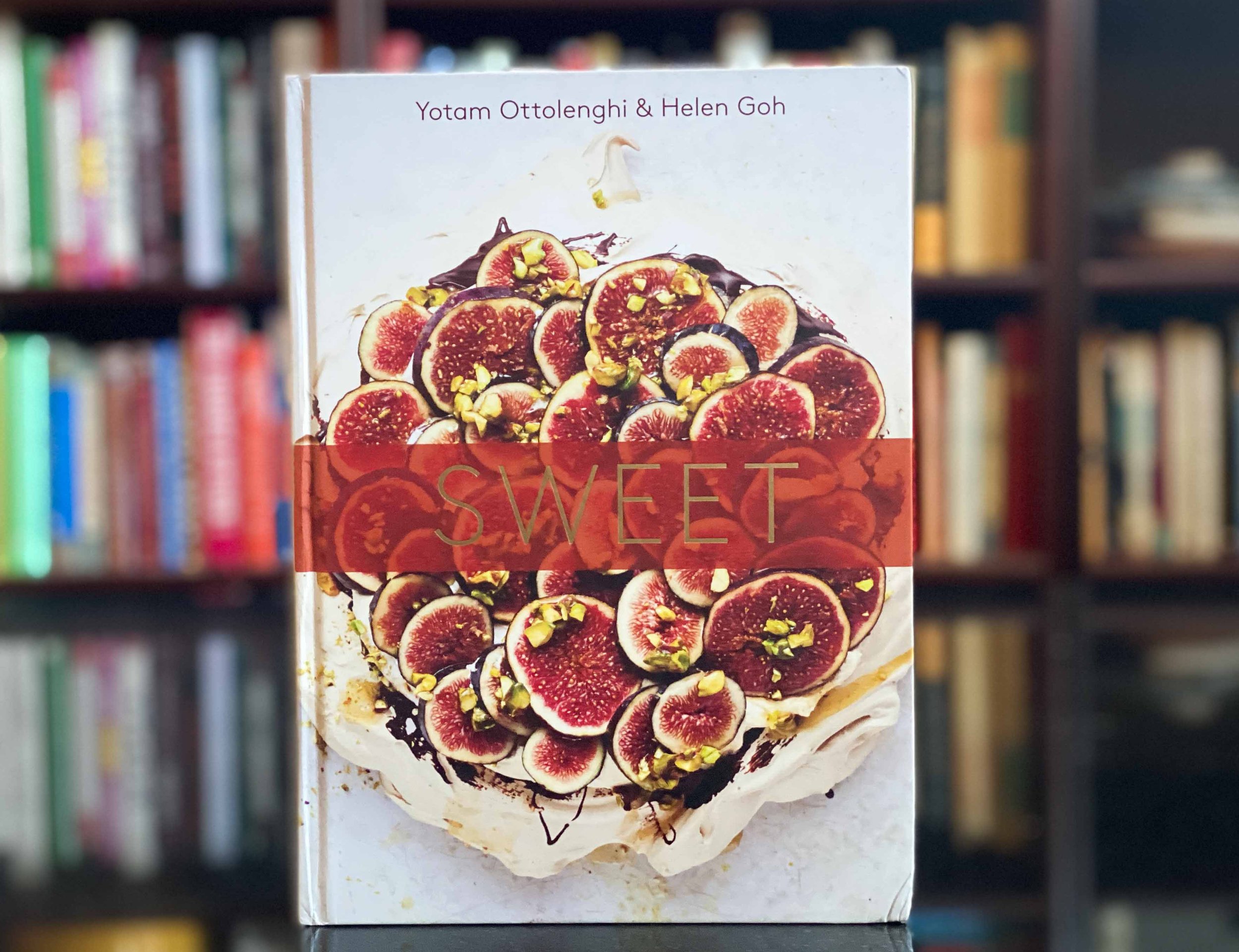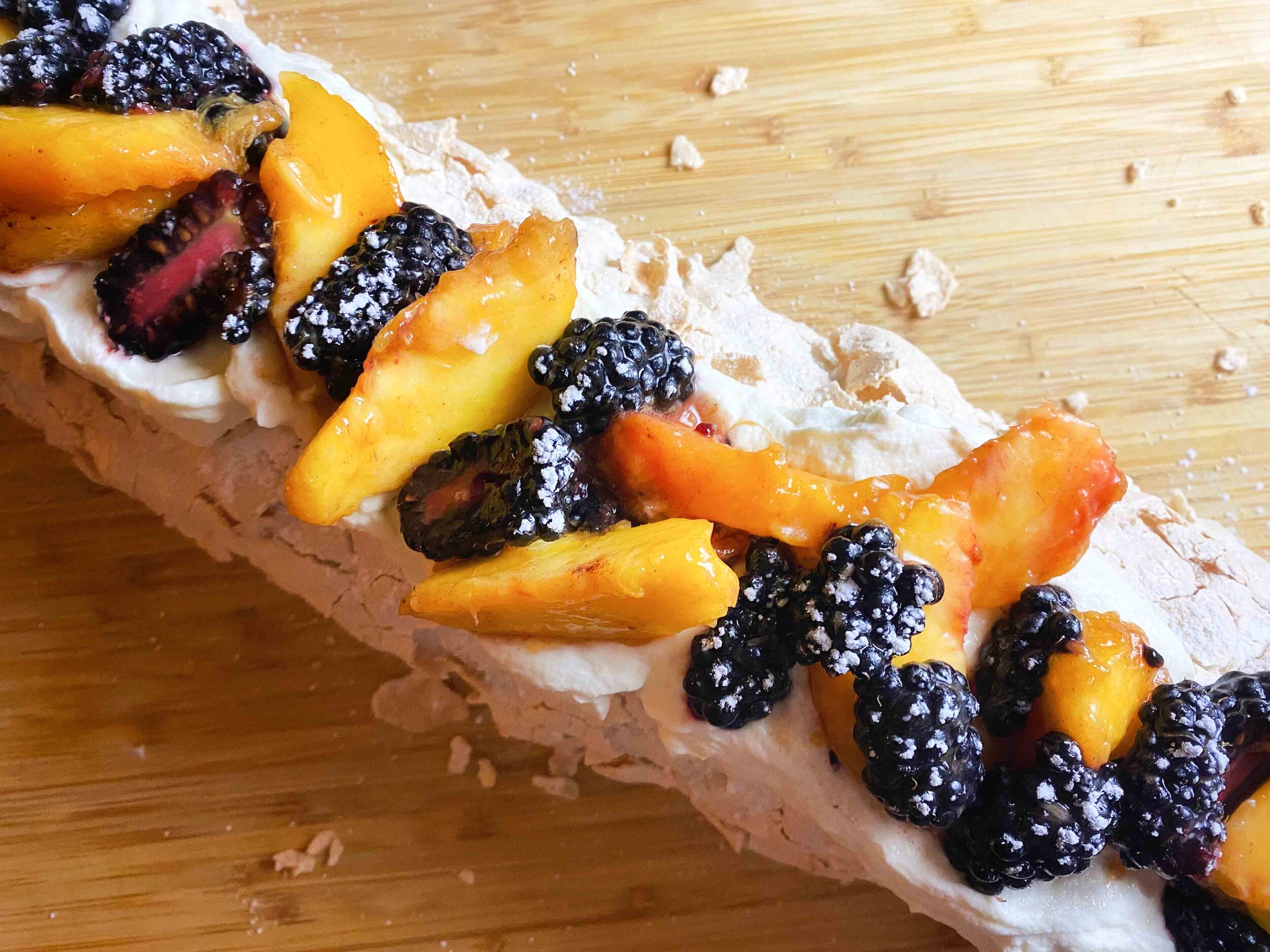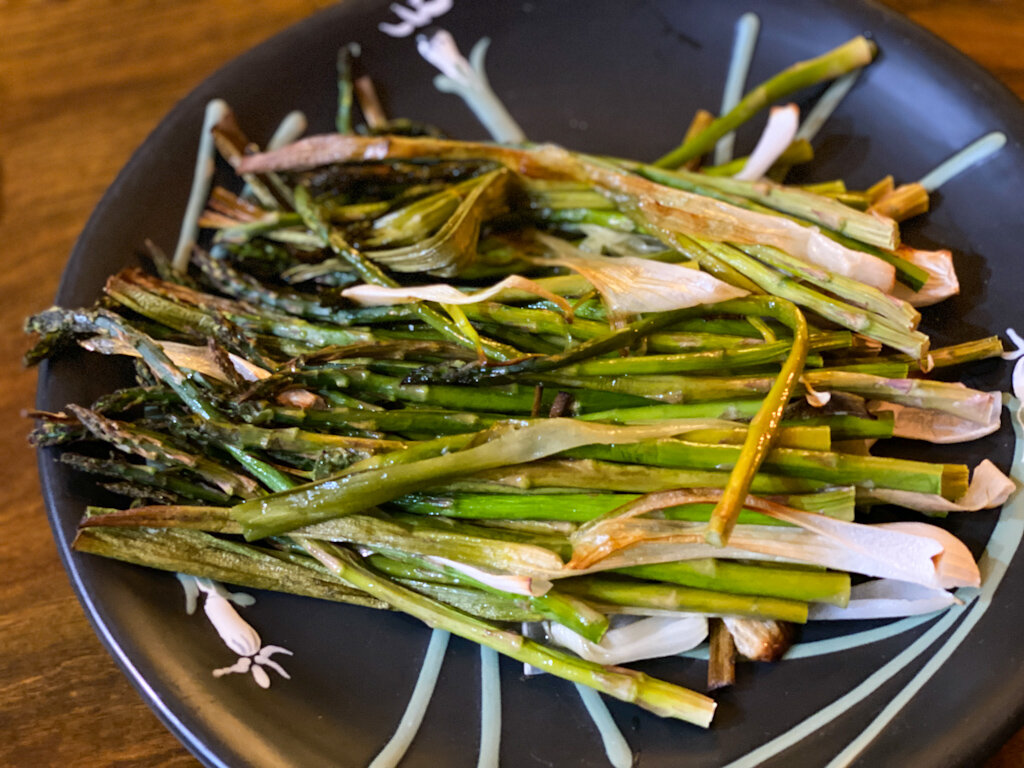By Leslie Brenner
There’s an unforgettable flavor and a soothing, cooling ritual I inevitably crave when temperatures soar: oroshi soba. That’s the name for the traditional Japanese dish of cold buckwheat noodles served with grated daikon and tsuyu, a savory chilled dipping sauce. Often served on a basket or a mat, it’s a humble dish, but it’s one of my favorites in the world.
Here’s how the ritual goes. You drop the grated daikon into the tsuyu; it sort of dissolves into it like a snowball. (“Oroshi” means grated vegetable.) You can also stir in some sliced scallions and a little wasabi, if you like. Pick up some noodles with your chopsticks, dip them into the sauce, lift to your mouth and revel in the moment: The nutty, earthy noodles, the sauce’s direct umami and the snappy, uplifting bite of the daikon all combine into an incredibly resonant flavor-chord, made all the more fabulous because it’s so refreshingly cold and wet.
It’s that unmistakable flavor-chord that plays in my memory summer after summer — a taste-memory loop that’s lasted now for decades.
I first happened upon oroshi soba 21 years ago. I had just moved back to Los Angeles from New York, and the L.A. Times’ Food editor at the time, Russ Parsons, invited me to lunch at a modest family-style Japanese diner in Little Tokyo, just a couple blocks from the Times’ historic headquarters. Those cold noodles and their flavor chord did a number on me, and I was hooked. When I joined the paper two years later, the diner — Suehiro (it’s still there!) — became a favorite. I always ordered the same thing: Not the plain and also traditional zaru soba, served without daikon, but the oroshi soba. For me, the chord’s high daikon note is essential.
Two recommended brands of dried soba: Kajino Kokusan Soba (left) and Shirakiku Japanese Style Buckwheat Noodle. Dried soba often comes bundled in 100-gram portions.
A few years later, Russ and I had another soba lunch, this time with me as Food editor and Russ as our California Cook columnist. It took place just south of L.A., in Gardena, at a tiny, under-the-radar spot called Otafuku. There the chef-owner, Seiji Akutsu, made incredible soba by hand — a rarity at the time, even in Southern California with its deep Japanese culinary culture. I can’t remember if Russ had been there before that, but he wound up writing about Otafuku (which is still open a quarter-century after it debuted). Russ’ piece, “Art of the Noodle,” is probably the best thing I’ve ever read about soba.
Weirdly, oroshi soba played a key part in my decision to move to Dallas, Texas some years later: Communing with a zaruful of exquisite handmade soba at Tei-An, an extraordinary Japanese restaurant that had just opened the previous year, I could suddenly see myself living there. (To this day, Tei-An one of my favorite restaurants — not just in Dallas, but anywhere.)
Still. A person can’t eat at Tei-An whenever she wants, and so there are times I’d like to enjoy an icy plate of oroshi soba at home.
Recently I started looking into how to make that delicious tsuyu, the dipping sauce. If I could do that and find a decent dried noodle, the rest would be a breeze.
Dashi, shown with its two components besides water: kombu (top left) and bonito flakes. The resulting stock is a key ingredient in tsuyu.
A recipe in Shizuo Tsuji’s seminal 1980 book Japanese Cooking: A Simple Art solved the tsuyu part of the puzzle lickety-split: One taste, and I knew it was exactly right. Make a batch, and you’ll have a goldmine in your fridge: It keeps for several months, and the recipe yields enough to keep you in cold noodles longer than a Texas heat wave. Whenever the oroshi soba craving bites you, you can have it on the table in the time it takes to boil the noodles and grate the daikon.
READ: Katsuobushi (bonito flakes) will put a spring in your step and umami on your plate
Preparing the sauce might seem a little daunting, as it involves first making dashi — Japan’s essential stock. But it’s totally worth it: Dashi is quickly made and you can freeze what you don’t use in the tsuyu, which means you can later make scratch miso soup at a moment’s notice. Once you have the dashi, the tsuyu is quick to come together as well: Just add soy sauce, mirin and a touch of sugar over the heat, then drop in a flurry of bonito flakes. Wait 10 seconds, strain, let cool and it’s ready. You can put together both in the span of 30 minutes.
The dried noodle part is a little tricky, as those made from 100% buckwheat can be a bit sawdust-like. The best dried noodles combine buckwheat flour and wheat flour, with a high enough proportion of buckwheat for great flavor, but enough wheat flour so the texture’s right.
I asked Teiichi Sakurai, Tei-An’s chef, owner and soba master, if there’s a one he finds tolerable. He recommended Kajino Kokusan, which I found at the best Japanese supermarket in our area, Mitsuwa Marketplace. I also looked there for the brands recommended by Mutsuko Soma in a taste-test story published in Food & Wine magazine in 2019. (Soma is chef at Seattle’s renowned soba restaurant, Kamonegi.) I didn’t find those exactly, but did find a dried soba from Shirakiku — one of the brands she recommended. (The specific noodle is Shirakiku Japanese Style Buckwheat Noodle.) Both it and the Kajino Kokusan are very good. Even better, with a lovely, springy texture and deeper flavor, was a fresh noodle I also found at Mitsuwa — Izumo Soba Noodles from Soba Honda.
If you find yourself staring down an assortment of unfamiliar dried soba, I’d suggest choosing one imported from Japan that lists both buckwheat flour and wheat flour in the ingredients, with buckwheat listed first, and no other ingredients besides salt.
OK. You should have what you need. If you want to turn your soba moment into dinner, you don’t need to add much — I like to start with something vinegary, like a simple sunomono salad. Or pick up some tsukemono at that same Japanese grocery — shibazuke, the purple one made with eggplant and shiso, would be dreamy.
And then enjoy that cool, slurpy, umamiful tangle of buckwheaty goodness.
If you enjoyed this story, you might like:
“Sonoko Sakai’s ‘Japanese Home Cooking’ is one of the best new cookbooks to come along in years”
“For a luscious frozen treat this weekend, make Gianduja-Stracciatella (hazelnut-chocolate) gelato”
“Cookbooks We Love: Hooni Kim’s ‘My Korea’ is a knockout of a Korean cooking primer”
COOKS WITHOUT BORDERS Recipes by Food Culture
Sign up for free Cooks Without Borders recipes delivered to your in-box!






